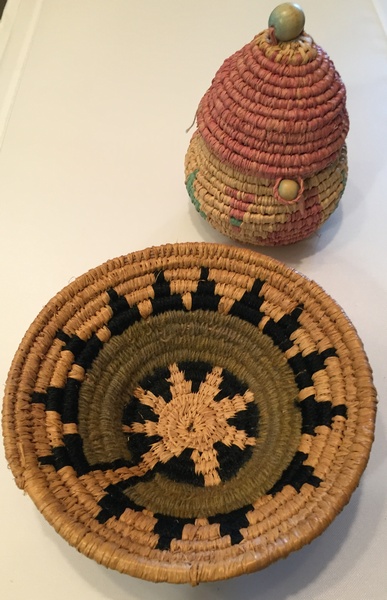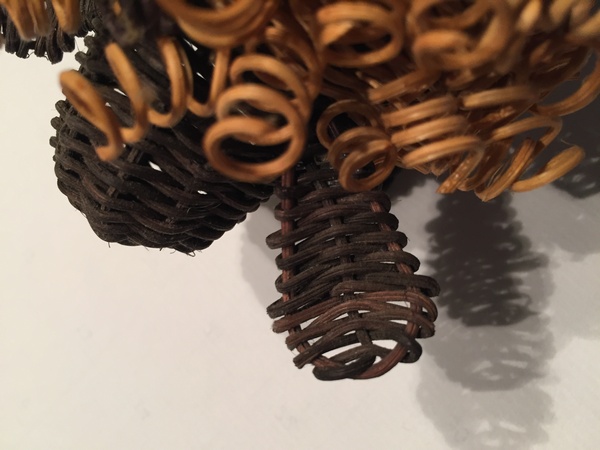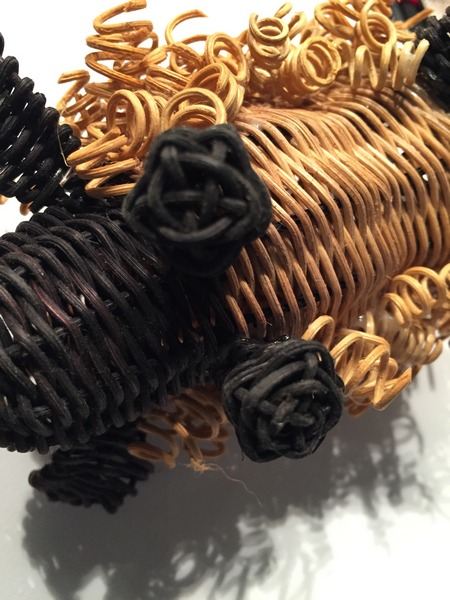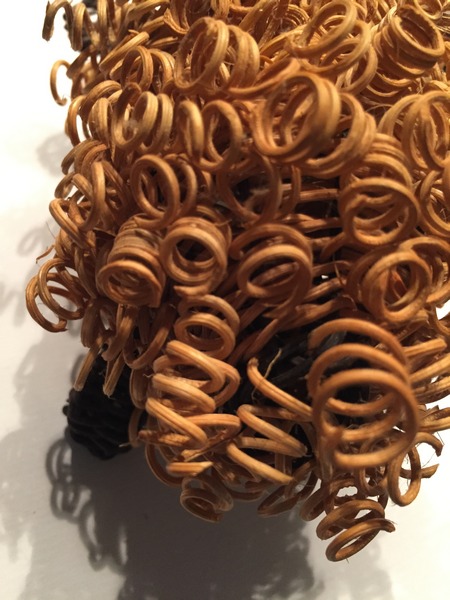
Coming home from the gym at 6:30 this morning this little fellow greeted me on the way up to the house. Fifteen more were feeding on the corn Lee had just put out. They have turned to the pretty sienna color of summer that is so much more lively than the dull greyish-beige of winter. Both colors match the tones of the landscape at the time.
I have now finished half of the fourteen little sketch books of things that caught my eye in Australia.
Here are some of the newer ones.

I put Toni Rogers’ little pyrography driftwood sticks on the first page of one of the books. I have several of these little sticks and love how they feel in the hand. Some I gave as gifts, other smaller ones I put on a necklace. My shadow from a sketchbook of being way out in the outback and that small little fruit that is similar to the kangaroo apple in size and shape. The kangaroo apple was and likely still is a form of Australian Aboriginal birth control. It was also added to water to stun the fish and make catching them easier. I also learned that this fruit, the kangaroo apple, was sent to Germany for the production of what we know today as birth control pills. Interesting, huh?

I would only see Toni at basket makers gatherings. And that made me look closer at the sketchbooks with baskets drawn in them. Here is one of those large open weave fish that has his mouth open to receive onions and other vegetables. The orange colored frond is added to look like a fin and gum nuts are tied on to be the fish’s eyes. I am not sure what the main body is woven of but something like our cattails, I suppose. They hang from fish line or cord attached to the mouth and the tail by enough length to suspend off a hook under cupboards. Here are also threads from Beautiful Silks and another plant.

And in another one is a billy can that I bought in Halls Gap general store next to an Australian hat drawn in the Birdsville Pub. As I understood it, when you came in you hung your hat on one wall. When you died, the hat was moved to the wall behind the bar and ceiling with your name on it.

And on the back or last page of one of the books, I painted a rainbow lorikeet. They are so beautifully colored and so prolific around Australia.
So I set the small books aside for a bit and started sewing. A shirt was made from some fabric I bought at the Grampians Textile conference where I taught this year. It is going to be fun to wear with or without a shirt underneath. Next will be a long loose cowl necked gauzy shirt and a nice handkerchief linen in grey so I can try out using an old shirt as a pattern.
Maybe after that I will go for the complex little zippered carry all bag.

This one is Andie Marten’s bag that is made of lovely antique Japanese fabrics. There are four separate zippered pouches connected with spaces in between and all inside a larger zippered bag. It took me quite a while to find interesting fabrics and order zippers the right size. And because a thoughtful student found the pattern online and sent it to me, I think I can figure it out. Very complex.
Here are a few of other hand sewn tools of Andie’s that I covet. These first two are bags she made for herself and Mem.



These last few are of her thread collector. It is a tube about the diameter of a Pringle can, covered with cloth and then the clever lens type opening to collect the threads inside. On the bottom is this fish. Lovely!


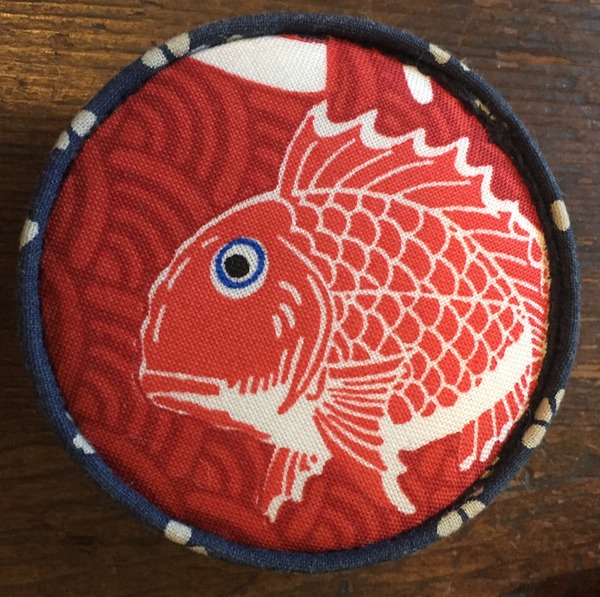
Anyway, I will get to my zippered bag sometime soon. All in beiges and blacks.
Til later.








